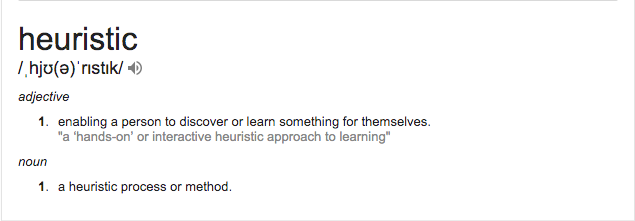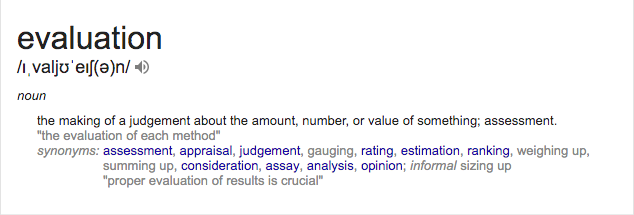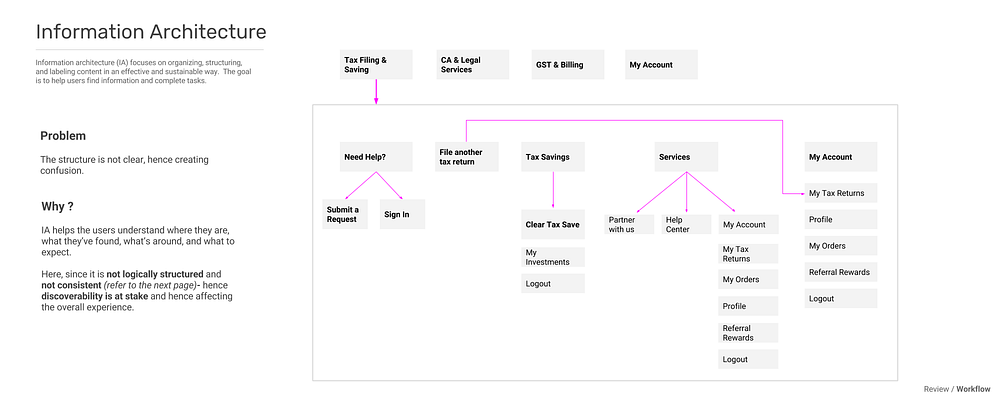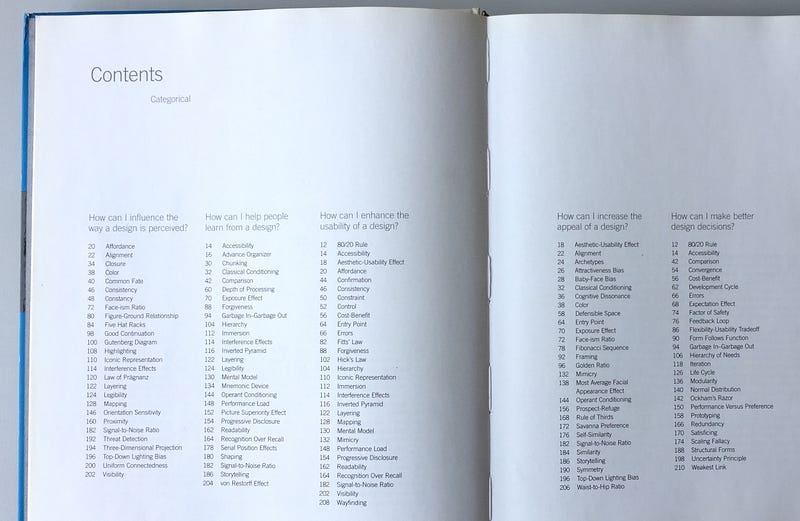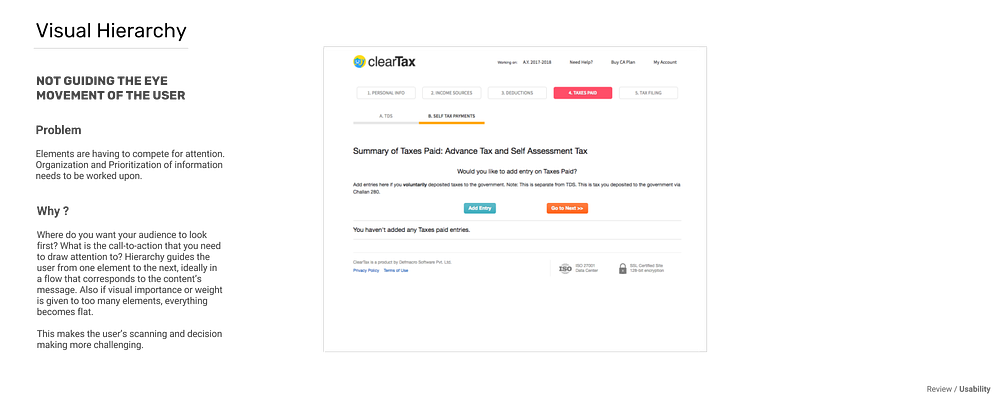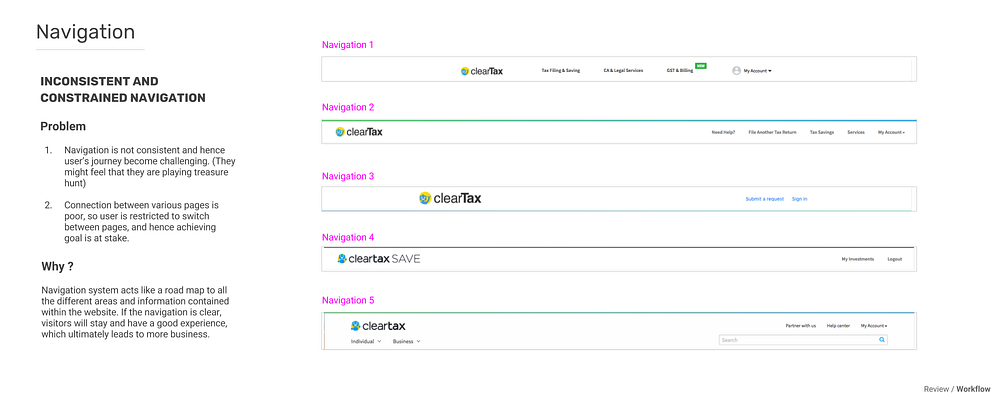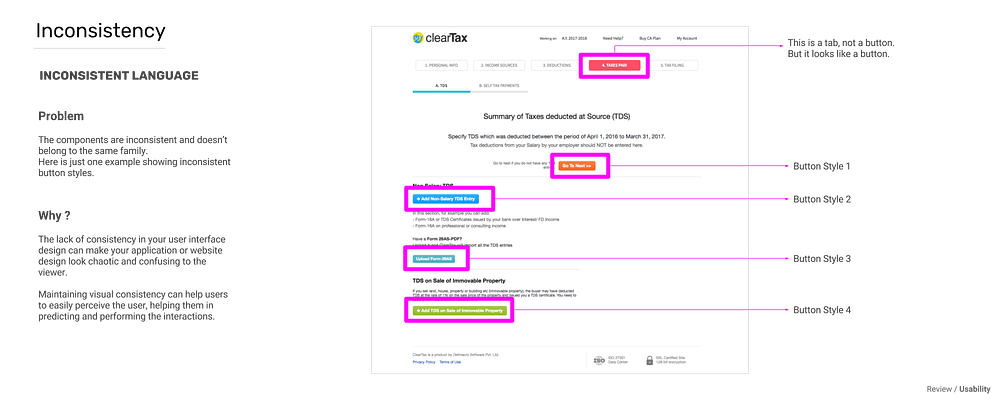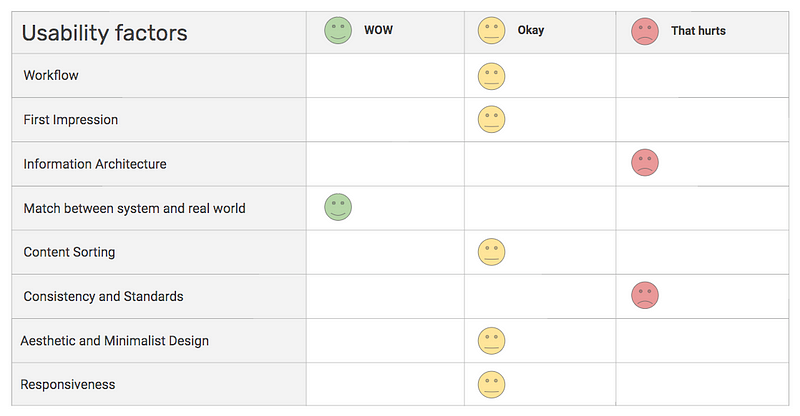A diagnosis to check if your product is delivering the desired User Experience.
There are many terms for what we are talking about here. Some say ‘Usability Review’, others say ‘Design Review’ and in more technical terms, it is referred to as ‘Heuristic Evaluation’. They all mean more or less the same after all.
What is heuristic evaluation?
What Google Dictionary says:
Elaborating its meaning in our world:
A heuristic evaluation is a usability detection method for digital products that helps in identifying usability glitches in the product design. It involves reviewing, judging and evaluating the design on the basis of the usability principles, which is also known as heuristics.
Many say that Heuristic Evaluation covers the evaluation of User Interface (UI). That being merely a myth, it is done considering the product’s overall User Experience (UX), of which UI is a subset.





